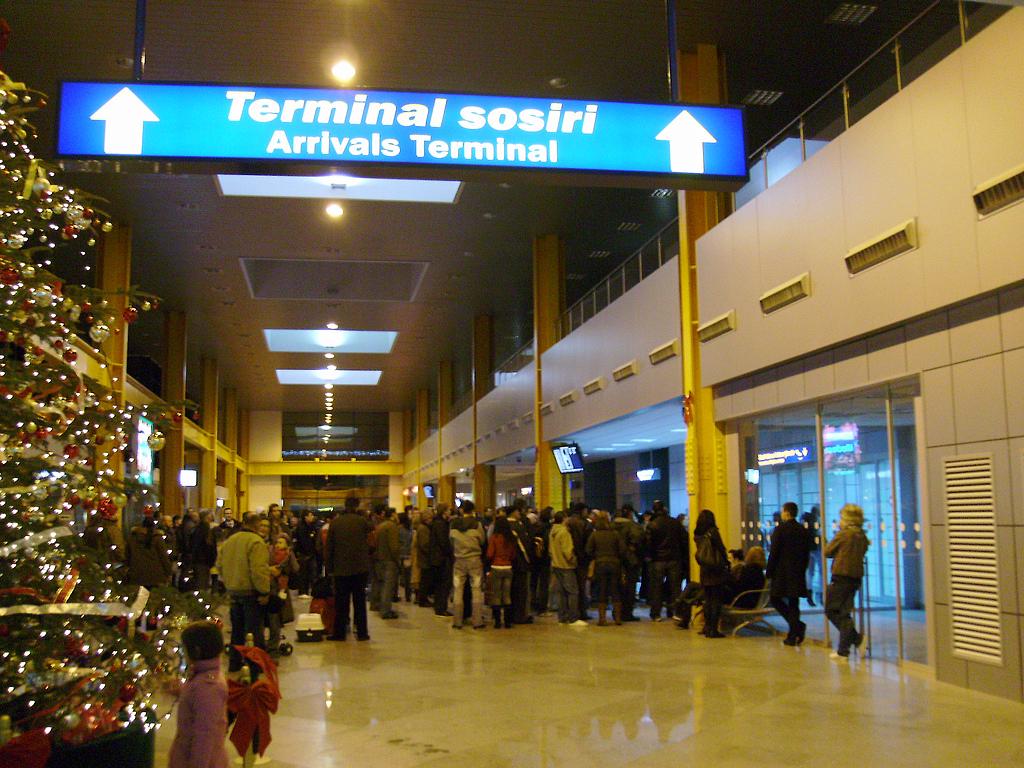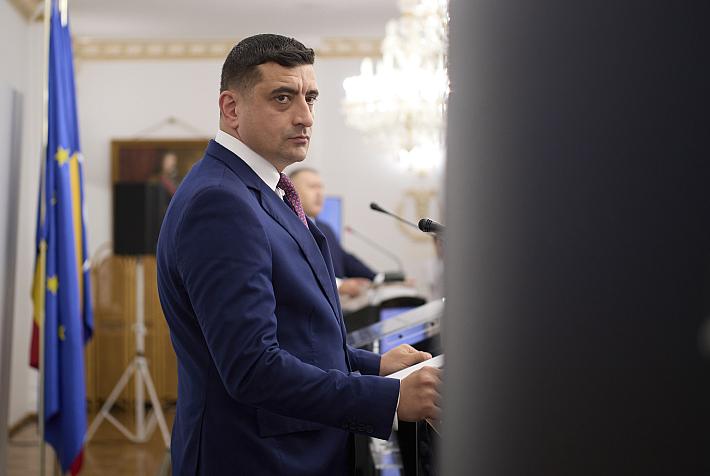Cluj-Napoca airport reports “record” traffic in 2016

The Avram Iancu Cluj International Airport saw a traffic of almost 1.9 million passengers in 2016, up 25% on 2015, local Mediafax reports. The traffic data come as the city's and the region's economy have developed significantly in recent years.
“The traffic consolidates our position as Romania’s second airport, after Bucharest – Otopeni, but also as a regional airport as, in this part of Europe, the discussion is about three major airports: Budapest, Cluj-Napoca, and Bucharest,” David Ciceo, the director of the airport, told Mediafax. He estimated a traffic of 2.7 – 3 million passengers for this year.
To manage the growing traffic numbers, the airport had the foreign departures gate reconfigured, established two new boarding gates and plans to build three new parking spaces for aircraft this year.
“We continue with the studies and projects for the second phase of the 3,500 meters runway and we will start the studies for a new passenger terminal,” Ciceo told Mediafax.
The Cluj-Napoca airport services 46 local and international destinations. At the end of last year, Hungarian low-cost airline Wizz Air announced a massive 2017 expansion of its operations from the Cluj-Napoca airport. The company planned to allot its sixth aircraft to this operational base and introduce four new international routes from Cluj-Napoca to Stockholm, Bratislava, Larnaca, and Malta. Also in 2016, Romanian low-cost airline Blue Air opened its sixth operational base on the Cluj-Napoca airport. Blue Air added connections from Cluj-Napoca to Birmingham, London, Larnaca, Nice, Hamburg, and Constanța.
Both Wizz Air and Blue Air have flights from Cluj-Napoca to Romania's capital Bucharest, which have become very popular. It takes more than six hours to make the 450-kilometer car ride between the two cities while the train makes almost ten hours. This makes the low cost 50-minute flights attractive even with the waiting time at the airport, and the costs are also lower.
Cluj-Napoca has a vibrant start-up scene, with many IT companies present there. A Cluj IT cluster was established in 2014. Companies such as Banca Transilvania, Terapia Ranbaxy, Farmec, Jolidon, and Ursus Breweries are located there, and MOL, Aegon, Emerson, De'Longhi, Friesland Campina, or Genpact have their regional headquarters in Cluj-Napoca.
Last year, the city saw the highest growth in the price of apartments in Romania, up 11.4% in 2016, from EUR 1,117 per sqm at the end of 2015 to EUR 1,244 per sqm in 2016. This makes apartments in Cluj-Napoca even more expensive than those in Bucharest.
Furthermore, Cluj-Napoca is also an increasingly popular tourist destination, thanks to its international film and electronic music festivals.
City in Romania on list of “stylish cities” in the New East
Cluj airport invests EUR 8.6 mln in modernization work
(Photo source: Wikipedia)
editor@romania-insider.com











